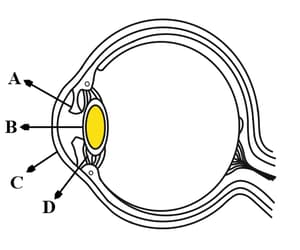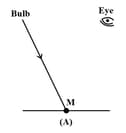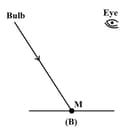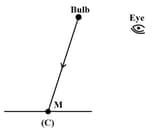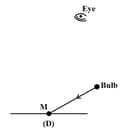NCERT Solutions for Chapter: Light, Exercise 1: MULTIPLE CHOICE QUESTIONS
NCERT Science Solutions for Exercise - NCERT Solutions for Chapter: Light, Exercise 1: MULTIPLE CHOICE QUESTIONS
Attempt the practice questions on Chapter 16: Light, Exercise 1: MULTIPLE CHOICE QUESTIONS with hints and solutions to strengthen your understanding. NCERT Exemplar Science - Class 8 solutions are prepared by Experienced Embibe Experts.
Questions from NCERT Solutions for Chapter: Light, Exercise 1: MULTIPLE CHOICE QUESTIONS with Hints & Solutions
Part of the eye which controls the light entering is called
We can see a non-luminous object when light
Light is falling on surface as shown in the figure below:

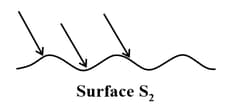

Surfaces on which the angle of incidence is equal to the angle of reflection is/are:
A tiny mirror M is fixed on a piece of cardboard placed on a table. The cardboard is illuminated by light from a bulb. The position of eye with respect to position of bulb is shown in figure as A, B, C and D. In which position mirror will be visible?
A small hole P is made in a piece of cardboard. The hole is illuminated by a torch as shown in the figure below. The ray of light coming out of the hole falls on a mirror.
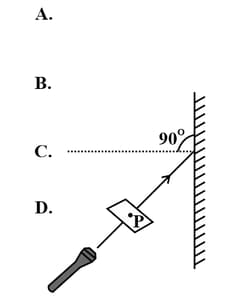
At which point should the eye be placed so that the hole can be seen?
Two mirrors A and B are placed at right angles to each other as shown in the figure below:
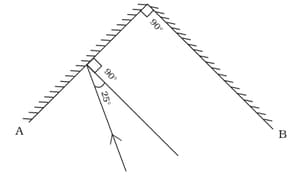
A ray of light incident on mirror A at an angle of falls on mirror B after reflection. The angle of reflection for the ray reflected from mirror B would be
Which of the following statements is correct regarding rods and cones in the human eye?
In the figure of the human eye (in the figure shown below), the cornea is represented by the letter:
